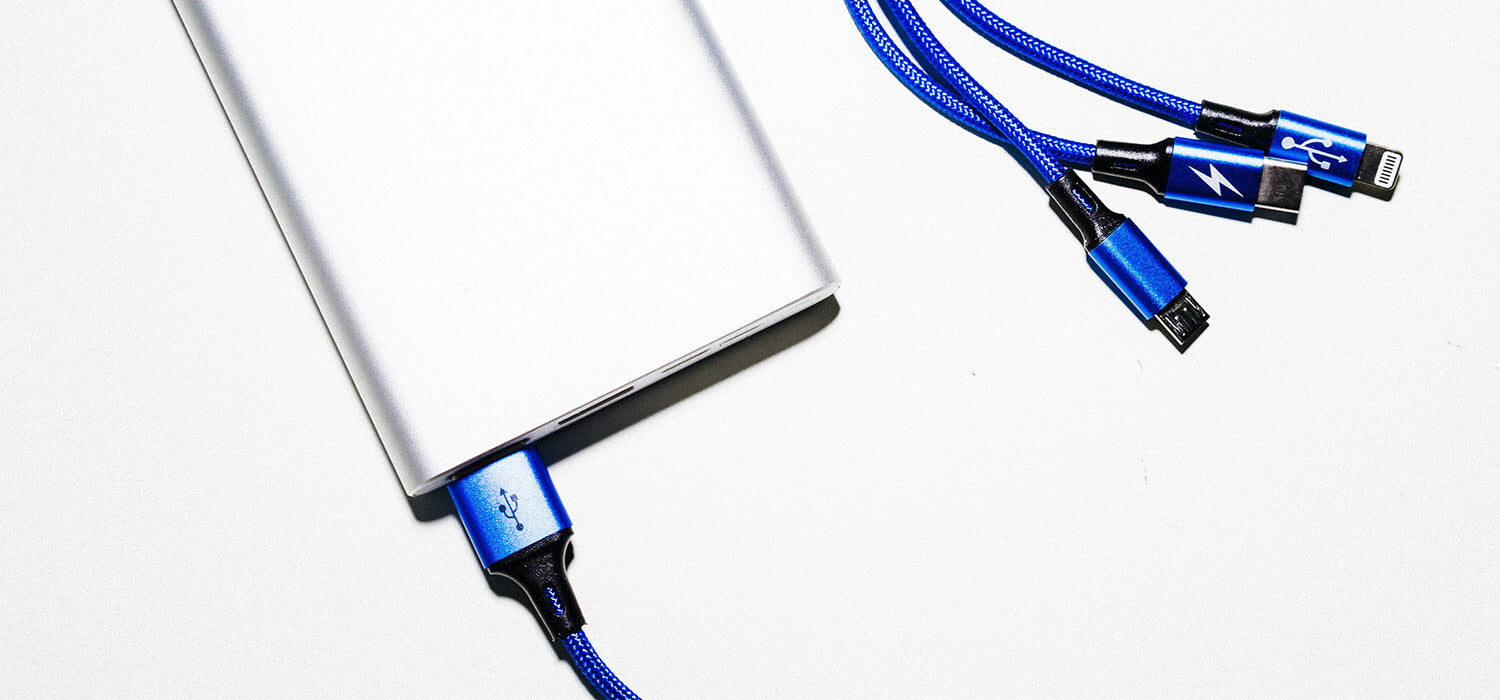Australians are suffering from a disease that is affecting the whole country. Nomophobia (no-mobile phone-phobia) is the dread of being without your phone, such as when your battery runs out.
When you're out and about, power banks can help you get more power out of your smartphone's battery, which may be down to 20% by early afternoon.
A Buyer's Guide to Choosing the Best Power Bank
When purchasing a power bank, there are several factors to consider. Here are our main selection criteria.
- Capacity
The capacity of a power bank is generally expressed in milliampere-hours (mAh), and this is the essential quantity to consider. This is the entire amount of power that the pack will store when you need to charge it. For example, you may come across 10,000mAh or even 20,000mAh power banks.
Paying attention to the power of your battery is the best method to determine what capacity to search for. An iPhone 8, for example, has a battery capacity of 1,821mAh. If you choose a power bank with a capacity of at least 1,821mAh, you will obtain at least one full charge, if not more. Most smartphones can achieve multiple charges, maybe three or four times, with a 10,000mAh power bank.
- Price
If you want to choose the best power bank for your needs, you must go beyond the visuals. Examine the specs and determine which ones are critical for your use of the power bank. Sometimes a cheaper model does not meet your requirements, and the inexpensive power bank may not last as long as you want.
Another reason to examine the price/quality relationship is oversaturation. Some low-cost power banks might cause overload and harm to your electrical gadgets.
- Ports
Early power banks only featured a single output port, but as consumers use them more and wish to charge several devices at once, many bigger power banks now include two or more ports. Just make sure that the output current capabilities for each port are sufficient.
Also, keep in mind that if many devices are charged simultaneously, the power bank may not provide the maximum current to each port; instead, there may be an overall maximum current output that is split across the outputs, slowing down charging.
- Weight and Size
A power bank is a great solution when there is no accessible wall outlet, and you need to charge your electronic gadgets on the road to your destination. The size of the power bank is critical to consider because you will need to transport it.
A smartphone or tablet power bank can fit in your pocket, but a more extensive laptop power bank cannot. A laptop power bank is small enough to fit in a backpack or handbag.
- Consider It's Charging Speed
Aside from the capacity, the amperage of the power bank is also highly significant. The amperage (A) value indicates how quickly the power bank will charge your electrical gadgets.
A standard power bank has an amperage range of 1 to 3.5 A. The higher the amperage, the faster your power bank will charge your device.
Conclusion
Power banks are convenient if you use your smartphone, tablet, or other gadgets frequently. Because it is not always feasible to access a power source to charge from the mains, having a portable power bank is an excellent alternative. Because there are so many power banks on the market, it is crucial to understand the concerns to choose the most acceptable power bank for your application.
Need the perfect power bank? Or perhaps just some new charging cables or chargers? Mobilebeat has what you need! Our store and associated businesses are part of Australia's leading mobile accessory retail groups. In the last decade we have delivered the latest smartphone and tablet accessories trends with over 300,000 satisfied customers worldwide. Please browse through our store today!

